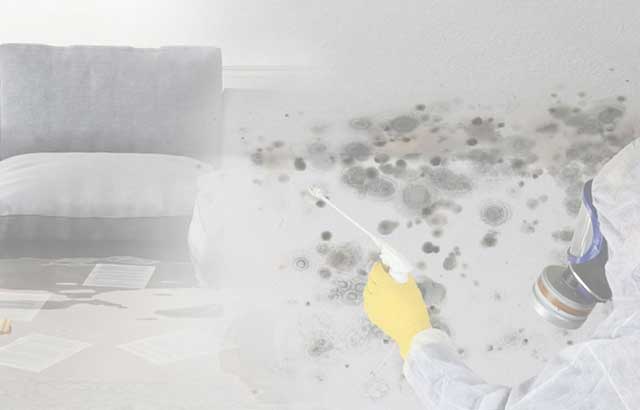Protecting Against Water Damage in the Bathroom
Protecting Against Water Damage in the Bathroom
Blog Article
Just how do you feel in relation to How to Repair and Prevent Bathroom Water Damage?

The washroom is very susceptible for wet buildup and potential water damages because of the frequent use water in it. This short article offers straightforward examination techniques to aid spotting water damage dangers.
The regular use of water in the washroom makes it very vulnerable for wet build-up and possible water damage. By checking it frequently, you can lower water associated problems.
The complying with set of assessments is easy to execute and need to be done when in every three months in order to maintain your shower room in good shape and also to avoid possible water damages brought on by the tub, the shower, pipe joints as well as plumbing, sinks, cabinets, as well as the toilet
Do not disregard performing these examinations and also be comprehensive while executing them. Keep in mind that these easy examinations can save you a lot of cash by providing early signs for water damage
Bathtub as well as Shower
The shower and also bath tub require unique focus as well as upkeep. Check the ceramic tiles and also replace if split. Make sure that there is no missing cement in between the tiles. Examine and also change cracked caulking at joints where the walls satisfy the flooring or the bath tub. Clogged drains as well as pipelines troubles will certainly stop the bath tub from drying and may suggest severe troubles under the bathtub. Speak with an expert right away to avoid architectural damage. Focus on discolorations or soft areas around the tub wall surfaces as they might show an inner leakage.
Plumbing
Signs for water damages are tough to detect since most pipelines are mounted inside the wall surfaces.
Pay unique attention to flooring and walls moisture and stains as they may indicate an invisible plumbing problem. Check dampness degrees in adjacent spaces also.
Sinks as well as Cabinets
Sinks and cabinets are exposed to moisture and humidity day-to-day and also are usually overlooked. Examine routinely under the sink and on the countertop above it. Fix any kind of drip in the catch as it might suggest drain problems. Look around the sink, slow-moving draining pipelines might indicate an obstructed drainpipe. Replace sink seals if they are broken or loose.
The Commode
The commode is a prone water junction. Check the water lines and also look for leaks around the toilet seat, in the hose pipe, as well as under the water tank. If you identify any kind of indications of dampness on the flooring around the toilet, look for leaks in the toilet rim and also storage tank seals.
Be aware that hanging bathroom bowl deodorants increases the opportunities for blockages.
TIPS TO PREVENT WATER DAMAGE IN THE BATHROOM
The average household uses approximately 80-100 gallons of water per person per day. For a family of 4, that's almost 2,500 gallons of water a week! The largest portion of this consumption comes from bathroom use. Flushing the toilet uses the most water, followed by taking a shower or bath. With that much water running through the home, water damage in the bathroom is bound to happen. Knowing how to spot signs of a water leak is essential to preventing long-term damage. This guide provides you with tips to reduce the impact of water damage on your bathroom.
CAUSES OF BATHROOM WATER DAMAGE
Pipe breaks are the most common cause of water damage we see in our daily jobs. The age of a pipe plays a large role in a pipe break as well as corrosion. Over time, the metal begins to break down, allowing water to escape. Frozen pipe breaks are also a concern in the winter months. Toilet overflows caused by paper products or children flushing inappropriate items. Degraded caulking around the toilet or bathtub can allow water seepage, sometimes behind the fixture, into the subfloor or walls. Condensation forms when the water in a pipe is cooler than the air temperature. Beads of water form on the exterior of the pipes, sometimes so much so that the water begins to drip and pool below. Sink or shower backups created by poor drainage. HOW TO PREVENT WATER DAMAGE IN YOUR BATHROOM
Inspect your toilet supply line for worn or frayed hoses and replace them as needed. Winterize your plumbing to prevent a frozen pipe break. Use vent fans to prevent condensation that can lead to mold growth. Routinely check and replace degraded caulking around your toilet or bathtub. Increase the temperature in your toilet tank and insulate your pipes during the warm summer months to keep condensation from forming. Use child safety locks on the toilets. Flush only toilet paper. "Flushable" wet wipes are actually not good for your plumbing system. Additionally, feminine hygiene products should not be flushed. Prevent water from escaping the tub or shower. Make sure shower curtains are in good condition. Inspect shower doors and replace the seal strip if necessary. Wipe up any water that accumulates on the floor and use bath mats. Water left to sit can cause damage to the tiles and flooring. Refrain from using bath products containing heavy oils to avoid a clogged drain.

Do you enjoy more info about How to Prevent Bathroom Water Damage? Put a review down below. We will be glad to listen to your thinking about this piece. Hoping that you come back again in the future. Are you aware of another person who is intrigued by the topic? Why not promote it. Kudos for your time. Don't forget to come visit our site back soon.
Book An Appointment Report this page